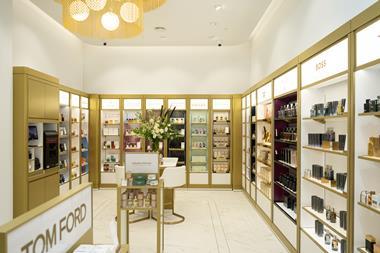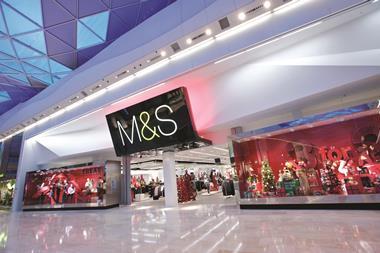Technology and design should be comfortable bedfellows, but all too often they’re not.
Visit New York City, and now is a good time to do so as it’s the annual National Retail Federation show, and there’s generally something that’s worth having a look at if you’re interested in shops. And even if you’ve been before, a trek up to the top floor of Sex and the City-style department store Barneys to have a coffee in the ‘Co-op at Barneys’ cafe is rewarding. This is because you can sit at a long table and surf the world of Barneys, products, videos and order a coffee via the various screens that have been inset into the table.
Or more accurately you could. Riding the escalator to the cafe yesterday revealed an unpalatable fact. Half of the screens in the café were no longer working and the staff in this very upscale department store seemed blithely unembarrassed about this fact. “Some of them are working further along the table,” was the excuse offered. If such a thing existed in the US, this would be tantamount to a two-fingered salute, although the familiar single-digit gesture would have served equally well.
When it opened, the screens that you could play with while toying with a double espresso were one of the reasons that it seemed worth getting this far in the store for. Now that’s gone and it’s hard not to feel strangely cheated. This is a beautifully designed café space in a department store that relied for its appeal on technology in large measure. And the fact that it had been integrated as part of the store design, rather than layered on top, which is so often the case, gave it additional allure.
The point about all of this is that technology if it works, and there’s something similar in the fitting room area of the women’s Denim Lounge in Selfridges and it is functional, is a fine addition to a retail proposition. The problem is that a hawk-like eye needs to be kept on it if is not to disappoint. Failure to look after the tech elements of a store interior is actually worse than having nothing at all – the suspicion being that if a retailer can’t look after this, what else might have been overlooked.
Customer-facing technology is becoming become a central part of store design, but it raises the stakes as far as shopper expectations are concerned and retailers need to be aware of this.


























No comments yet